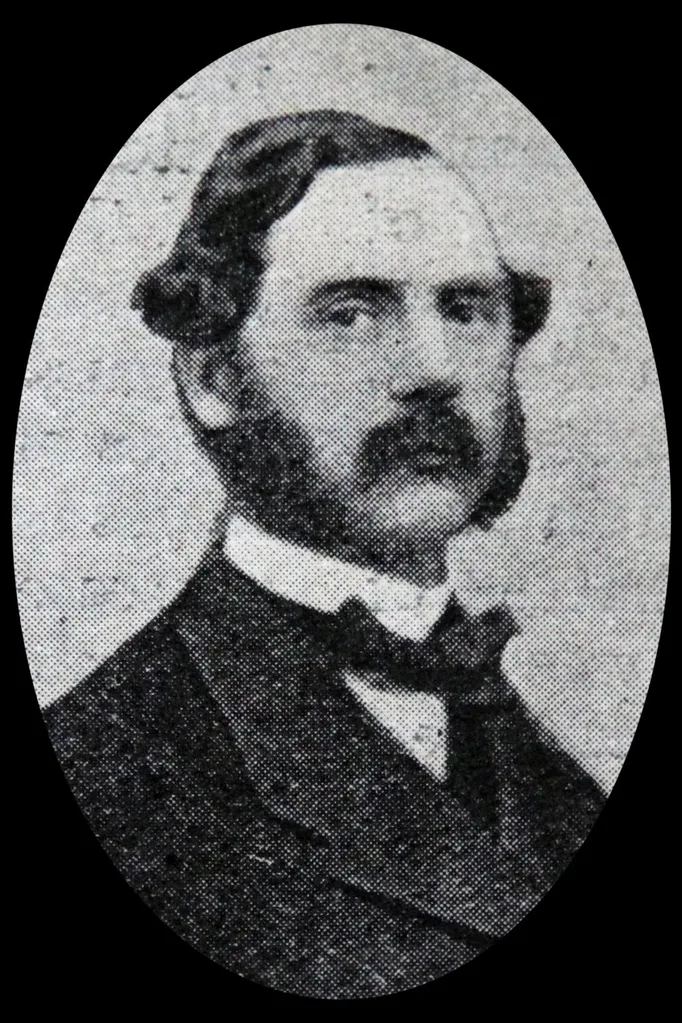Danish nobility is a social class in the Kingdom of Denmark and is officially recognised as a monarchy. Though the nobility still exists, its privileges have been abolished.
The Danish nobility is divided into two separate categories, the ancient and the created nobility… these categories are determined based on the way they achieved nobility.
We look into the various noble titles within the Danish royal family and which ranks the highest.
WATCH NOW: Danish royal family attend lavish New Year’s reception. Article continues after video.
Within the immediate royal family, the highest title is King or Queen. Currently, Queen Margrethe II is the reigning Danish monarch, however, in light of her recent abdication, her son, the current Crown Prince Frederik, will become King. On January 14, 2023, Frederik will become HM King Frederik, alongside his wife who will become HM Queen Mary. This title change also reflects on Frederik and Mary’s eldest son, Prince Christian, who will now become Crown Prince of Denmark.
The current system of Danish titles have been in place since 1671 when a higher nobility was introduced along with the ranks or count and baron which were available to families who owned estates with at least 2,500 and 1,000 barrels of land.
The current danish titles as of the 1671 laws are as follows…

1. Duke and/or Duchess
The title of Duke or Duchess is reserved for relatives of the Royal family and is not counted as “nobility.” There are only two families who bear the title of ‘Duke’ in Denmark: The Dukes of Schleswig who have been recognised since 1386 and who were originally descendants of Gerhard III (sometimes called Gerhard the Great), who was the Count of Holstein-Rendsburg between 1332 to 1340, and the Duke of Glücksbierg whose title acts in the right of succession and has been passed down through generations of the French ducal family, Decazes, since 1818.
It is important to note that Danish ducal titles are technically non-existent at present, however, people with this title historically were to be referred to as “grace” or “your grace.”
2. Marquess and/or Marchioness
This particular title is significantly rare and no citizen of Denmark has ever been granted this title. In 1709, Frederik IV of Denmark who was King of Norway, granted the title Marquis of Lista to Hugo Octavius Accoramboni, and Italian man… he died with no children therefore ending the title. However, in 1710, Frederik IV granted the title Marquis of Mandal to Frabcusi di Ratta, Senator of Bologna. This title was passed down to his nephews Giuseppe di Ratta and Luigi di Ratta, however, in Norway, this recognition was abolished under the 1821 nobility law.
Norway remains the only Scandinavian country where this title has been granted.

3. Count and/or Countess
In September 2022, the world received the shocking news that Queen Margrethe was changing the titles of Prince Joachim’s children. The Danish Royal Palace released a statement on September 28 2022 that read, “In April 2008, Her Majesty The Queen bestowed upon her sons, their spouses and their descendants the titles of count and countess of Monpezat. In May 2016, it was also announced that His Royal Highness Prince Christian, as the only one of The Queen’s grandchildren, is expected to receive an annuity from the state as an adult.”
“As a natural extension of this, Her Majesty has decided that, as of 1 January 2023, His Royal Highness Prince Joachim’s descendants can only use their titles as counts and countess of Monpezat, as the titles of prince and princess that they have held up until now will be discontinued.” This left Prince Joachim’s children who previously had the Prince and Princess title, to be changed to Count and Countess. All four of his children still maintained their places in the order of succession but are now referred to as Count Nikolai, Count Felix, Count Henrik and Countess Athena.
4. Baron and/or Baroness
This title is passed down to all immediate family members. This is the most common titles in Denmark and was first introduced into Danish society in the 16th century. After the new nobility was instituted in 1671, King Christian V erected 31 estates into Counties and Baronies leaving the title of Count and Baron to their holders. Originally, you could only obtain these titles if the land you owned was of certain size, however, the titles were later granted despite land possession.
Baron and Baronesses are not granted any privileges in Demark as of the present, their titles are merely in place due to their historical significance.









